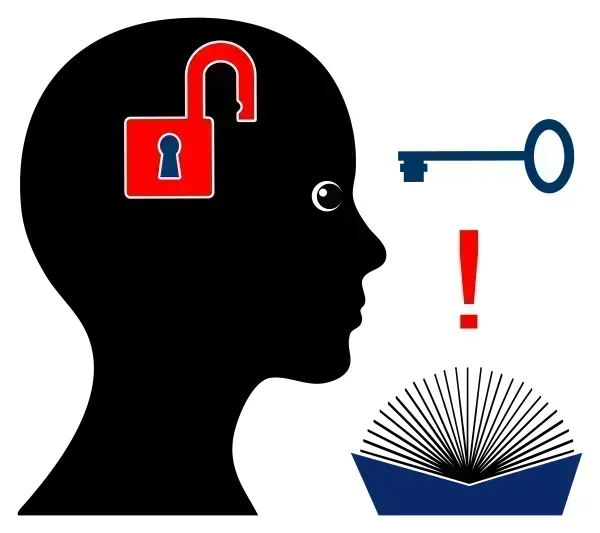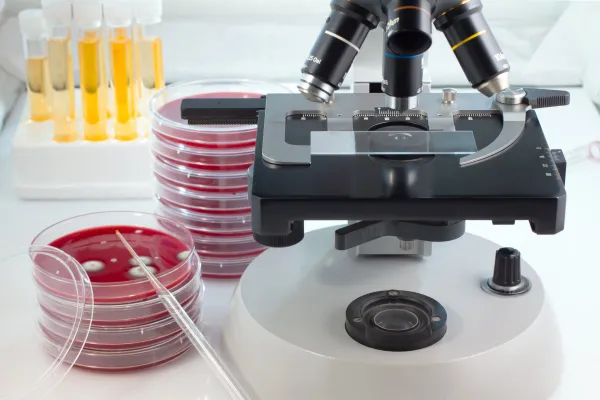Urology Coding Alert
Pinpoint the Diagnosis Difference Between Tenderness and Rebound Tenderness

Hint: The patient’s description will help you make the choice.
Some problems that patients present with are simple for your urologist to diagnose, such as a urinary tract infection. Others, however, can be more difficult to pinpoint. Take, for example, a patient who comes to your office because of right upper quadrant abdominal pain that the physician cannot document with a definitive diagnosis. Your only option is to code based on the patient’s signs and symptoms and hope for the best in terms of reimbursement.
When you find yourself in that situation, remember ICD-10’s guidelines, using our case of right upper quadrant abdominal pain as an example.
Start with the Pain Type
Your first step toward assigning diagnosis codes is to start with the choices for pain or tenderness in the upper right abdominal quadrant:
- R10.11, Pain localized to upper abdomen; right upper quadrant pain
- R10.811, Right upper quadrant abdominal tenderness
- R10.821, Right upper quadrant rebound abdominal tenderness.
Take note: Diagnoses R10.811 and R10.821 distinguish between “tenderness” and “rebound tenderness.” Rebound tenderness is described as pain or tenderness that is more pronounced after a sudden release of pressure, such as when the physician presses on the abdomen and then rapidly removes his hand.
Rebound tenderness often indicates an intraperitoneal inflammatory process or a more serious surgical problem, says Michael A. Ferragamo, MD, clinical assistant professor of urology, State University of New York Stony Brook.
Get the Documentation You Need
Without a specific clinical diagnosis for the pain or tenderness you will decide which code to report based on whether the physician documents the primary symptom as pain (R10.11) or tenderness (R10.811 or R10.821).
What it means to you: Therefore, physicians and other providers need to distinguish whether the patient is experiencing pain, tenderness, or rebound tenderness. They also will need to document the abdominal site of pain, tenderness, or rebound tenderness. Your ICD-10-CM options are:
- Right upper quadrant (R10.11, R10.811, or R10.821)
- Left upper quadrant (R10.12, R10.812, R10.822)
- Right lower quadrant (R10.31, R10.813, R10.823)
- Left lower quadrant (R10.32, R19.814, R10.824)
- Periumbilical (in the area of the navel [umbilicus]) (R10.33, R10.815, R10.825)
- Epigastric (midline above the navel [umbilicus]) (R10.13, R10.816, R10.826)
- Generalized (R10.817, R10.827).
Check point: One option provided by ICD-9 in years past was the option of “other specified site,” which included multiple sites (the fifth digit of “9” under ICD-9). ICD-10 does not offer this choice for abdominal pain. Therefore, if the patient has pain or tenderness in multiple sites in the abdomen, you will need to report multiple ICD-10-CM codes, one for each site.
Related Articles
Urology Coding Alert
- Procedure Focus:
Clarify the Ins and Outs of What Constitutes Duplex Scans
It all comes down to the equipment your provider used. Out of all the ultrasound [...] - ICD-10-CM:
Pinpoint the Diagnosis Difference Between Tenderness and Rebound Tenderness
Hint: The patient’s description will help you make the choice. Some problems that patients present [...] - Office Visits:
Shore Up Your 99211 Coding with These 3 FAQs
Tip: Always know who provided the service. Of all the outpatient evaluation and management (E/M) [...] - You Be the Coder:
New Patient Visit About Vasectomy Can Be Moderate MDM
Question: What E/M level should we bill for new vasectomy patients in clinic? A couple [...] - Reader Question:
Report 52630 for Repeat TURP
Question: A urologist who is not in our practice performed a TURP on a patient in [...] - Reader Question:
Penile Implant Replacement Falls Under 54410 Even for a Different Type
Question: A patient had three previous two-piece inflatable penile implants; each one had a malfunction in [...] - Reader Question:
52310 or 52315 May Not Be Correct for Migrated Stent Removal
Question: My doctor removed a ureteral stent that had migrated using a ureteroscopy (not cystourethroscopy) with [...] - Reader Question:
Code Retrograde Urography With 74420 and 52005
Question: How should I code an encounter that included cystoscopy, bilateral retrogrades, and bimanual rectal/pelvic exam [...] - Reader Question:
Get ABN Signed Before Nitrous Oxide Administration
Question: Our urology practice wants to start using nitrous oxide for in-office procedures such as Urolift, [...] - Reader Question:
Examine Descriptor to Better Choose Between 49320 and 49322
Question: A patient underwent a left hand-assisted radical nephrectomy and then had to go back for [...]




